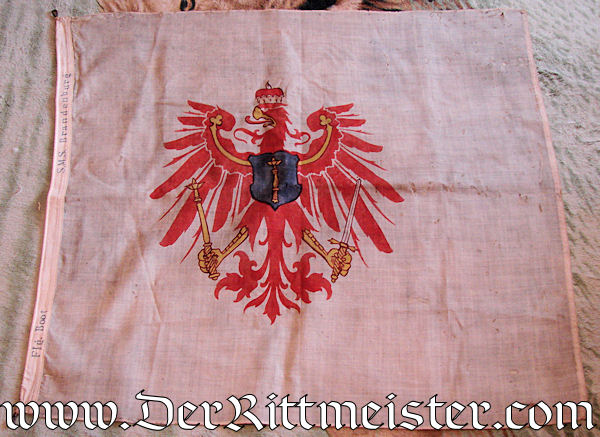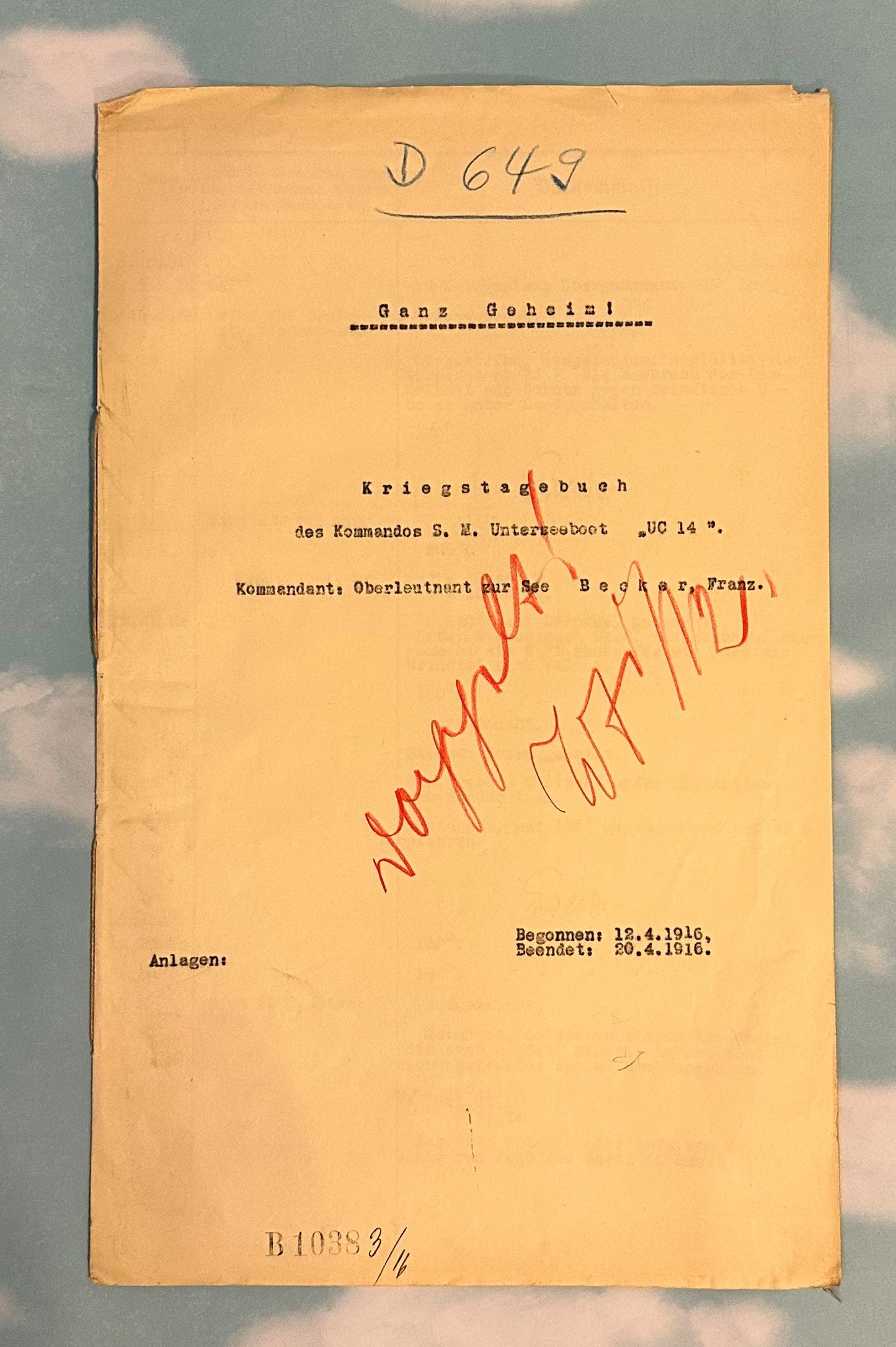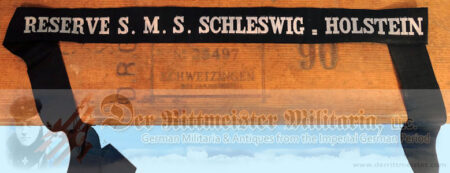Description
The S. M. S. Brandenburg was a battleship in the Kaiserliche Marine. Generally, Imperial German battleships were named after royal personages, states within the reich, or other geographic places of special interest. The S. M. S. Brandenburg served as the German Navy’s historical turning point in its efforts to modernize and attain status quo with the Great Britain’s Royal Navy. First, we must remember that Kaiser Wilhelm II (1859-1941) ascended to Germany’s throne in 1888. (It took place less than one-hundred days after his grandfather’s, Kaiser Wilhelm I, then his father’s, Kaiser Friedrich III’s deaths). Wilhelm II was eager to put his “brand” on Germany and secure his place in history. By 1890, he had dismissed the great “Iron Chancellor,” Otto von Bismarck, and had begun his efforts to upgrade and modernize Germany’s Army and Navy. The old German Navy had been very old-fashioned and quite small. Through many building programs and with Admiral (later Großadmiral) Alfred von Tirpitz’s support, Kaiser Wilhelm II transformed the Kaiserliche Marine from a coastal defense unit into a force that projected Germany’s might as it sailed the world’s oceans.
Germany built its first battleships in the early 1890’s. They were officially termed “Linienschiffs,” alluding to the Royal Navy’s Napoleonic-era term “Ships-of-the-Line.” The latter were the largest and most powerful battleships of their day, particularly in terms of their firepower. [Lord Admiral Horatio Nelson’s flagship at the Battle of Trafalgar, the H.M.S. Victory, was a Ship-of-the-Line. He led England to victory over Napoleon’s joint French and Spanish fleets in 1805, although Nelson did not survive to see the battle end. The H.M.S. Victory has survived to this day and is proudly displayed at Portsmouth].
Wilhelm II wanted to show his grandmother, Queen Victoria, and his English cousins that Germany also was an international power. Germany already had the world’s best, most modern army, and Wilhelm wanted a navy to match it. Thus, in 1891, construction began on the S. M. S. Brandenburg, Germany’s first modern battleship. In fact, she was the first of a four-ship class that became known as the Brandenburg Class. She was commissioned in 1893. Kaiser Wilhelm II was aboard her for her first trials. She was fast (for her day), and had 28cm cannons mounted in her main armament. In 1900, she and her three sister ships from the I. Linienschiff Geschwader (1st Battleship Squadron) were dispatched to China to protect Germany’s interests during the Boxer Rebellion. After this event, she returned to Germany. The Brandenburg was decommissioned and re-commissioned several times during the following years as she was modernized and newer, bigger, and faster battleship classes were brought into service.
When WW I began, it was clear she was no longer fit for front-line service. She was relegated to coastal defense, sailing both the Baltic and North Seas from 1915-1916 as a part of the II. Manouversquadron. From 1916 through 1918, she was used as a floating barracks at Lebau. [Today, Lebau serves as a museum and German Navy Memorial. It also hosts a special WW I and WW II U-Boot memorial]. After WW I ended, the S. M. S. Brandenburg was scrapped in 1920.
This brings us to today’s offering. We have the ensign (flag) that flew aboard the S. M. S. Brandenburg. It was not its kriegsflagge (war flag), but rather a banner that indicated the ship’s ties to the German province of Brandenburg, for which the vessel was named. The ensign is made of a gray linen/cotton (it may have been white at one point). Imprinted on one side only is a Prussian Eagle in red, yellow and blue. In the center of the Eagle’s chest is a blue shield with what may be a torch in its center. The flag measures 33 1/4″ x 39.” Metal attachments for the halyard are present on the bunting. The ensign could be flown today, with the correct attachments. “Flg. Boot” and “S. M. S. Brandenburg” also are stenciled in black on the bunting.
While its overall condition is surprisingly good for a flag that was produced well over one-hundred-years ago, areas of moth nips are scattered about the flag. While I cannot verify it beyond all doubt, it is quite possible this ensign flew above Kaiser Wilhelm II on that November 1893 day when the S. M. S. Brandenburg was launched as the pride of the Kaiserliche Marine. It is also possible it was flying when the S. M. S. Brandenburg arrived in China.



